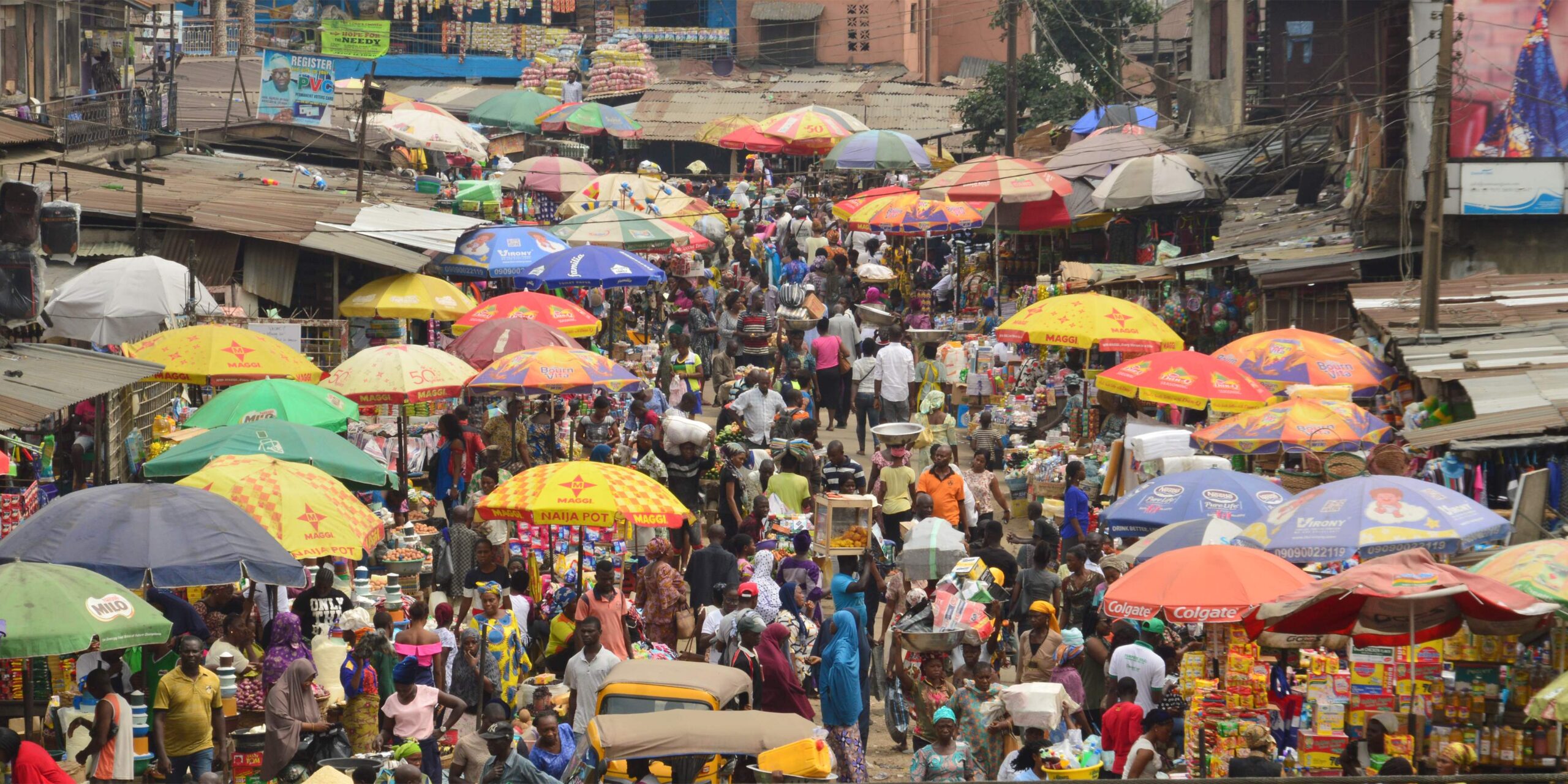The southern coastal zone of Western Africa – also called the Guinea zone – experienced abnormal early season heat in February 2024. A combination of high temperatures and relatively humid air resulted in area average Heat Index values of about 50°C, which is classified to be in the ‘danger’ level that is associated with a high risk of heat cramps and heat exhaustion. Locally, values even entered the level of ‘extreme danger’ that is associated
with high risk of heat stroke, with values up to 60°C (fig. 1).
Humid heatwaves are known to be particularly dangerous. While meteorological organisations in Ghana and Nigeria issued warnings, few heat-related impacts were reported by the media and government organisations across the Guinea zone. In February, West Africa was hit by an unusually intense early season heatwave, with temperatures not normally seen until March or April. The most severe heat occurred from February 11-15 with temperatures above 40°C. In Nigeria, doctors reported an increase in patients presenting for heat-related illness, people complained of poor sleep due to hot nights and the national meteorological agency issued several warnings about the heat. In Ghana, the national meteorological agency also warned people to prepare for dangerous temperatures. The heat occurred during the finals of the Africa Cup of Nations (AFCON) football tournament in Côte d’Ivoire. Due to the hot and humid conditions, additional ‘cooling breaks’ were taken during the matches so players could rehydrate.
Scientists from Nigeria, Burkina Faso, Switzerland, Sweden, South Africa, The Netherlands, Germany, the UK and the US collaborated to assess whether and to what extent human-induced climate change has modified the likelihood and intensity of this February humid heatwave. The team used published peer-reviewed methods to analyse the event. To account for the humidity, which increases the impacts of heat on the human body, the team analysed the Heat Index, which accounts for both daily maximum temperatures and relative humidity. The event was defined as the annual (Jul-Jun) maximum 5-day averaged Heat Index in a region near the southern coast of West Africa (see Figure 1).
![A graph showing 5-day averaged Heat Index for 11-15th February 2024. The blue outline shows the study region [4°N-9°N; 13°W-9°E]. Source: ERA5 reanalysis.](http://www.worldweatherattribution.org/wp-content/uploads/West-Africa-study-region-300x124.png)
● Very limited impact data are available across the studied area. It does not mean there were no impacts but suggests limited awareness about heat risks. To reduce heat-related morbidity and mortality in southern West Africa, there is an urgent need for improved monitoring and research on the impacts and risks associated with heat waves.
● Rapid, unplanned urbanization with about half of the urban residents on average living in informal housing renders a considerable portion of the region’s population highly exposed and vulnerable to extreme heat. Widespread energy deficiency and limited access to water, sanitation, and hygiene (WaSH) and healthcare services further aggravate heat-related health risks as individuals are left with very limited options for individual coping strategies, such as air conditioning.
● In January and February, the heat affected the African Cup of Nations football games in Côte d’Ivoire. Two-minute cooling breaks were proactively introduced at the 30th and 75th minutes of many matches, with provisions for additional breaks during the sessions so players could rehydrate. The study did not identify evidence of mandatory cooling breaks for outdoor workers across the region who are highly vulnerable to heatwaves
● In southern West Africa, the 5-day humid heat maximum usually occurs in March or April. The humid heat measured using the heat index was record high in February in terms of the annual average (usually occurring in March/April) but even more when considering it happened as early as in February.
● The datasets based on observations characterise the area’s average 5-day humid heat as a 1-in-10 year event in today’s climate.
● To estimate the influence of human-caused climate change on this excessive humid heat we use a combination of climate models and observations. We find that because of human-induced climate change, the area-averaged heat index is in today’s world about 4°C higher in today’s 1.2°C warmer climate. Also, such humid heat has become much more likely, it is at least 10 times more likely in today’s world.
● At global mean temperatures of 2°C above pre-industrial levels, humid heat such as observed this year is projected to be about another 1.2°C to 3.4°C warmer and about another factor of 3 to 10 times more likely, meaning similar events will occur about once every two years.
● Despite limited data and research, in recent years, there is an increase in awareness of heat-related risks by national weather services (e.g. Nigeria) and city authorities (e.g. Freetown, Sierra Leone). Further improvements and investments are needed, such as extending heat warnings to hot days outside of the typically hot season. This is especially urgent as the planet continues to heat, causing prolonged and hotter heat seasons.
● However, across the countries analysed, many do not appear to have carried out planning for heat extremes. Major investment is needed in Africa to build resilience to dangerous heat. The UN has estimated that the cost of adaptation for developing countries is between US$215-$387 billion per year this decade. However, rich countries haven’t yet met the promises they have made to help developing countries become more resilient to the growing risks of climate change. In addition, these commitments fall drastically short of the finance required – in 2021, the global community spent just US$21 billion to help developing countries adapt to climate
change





